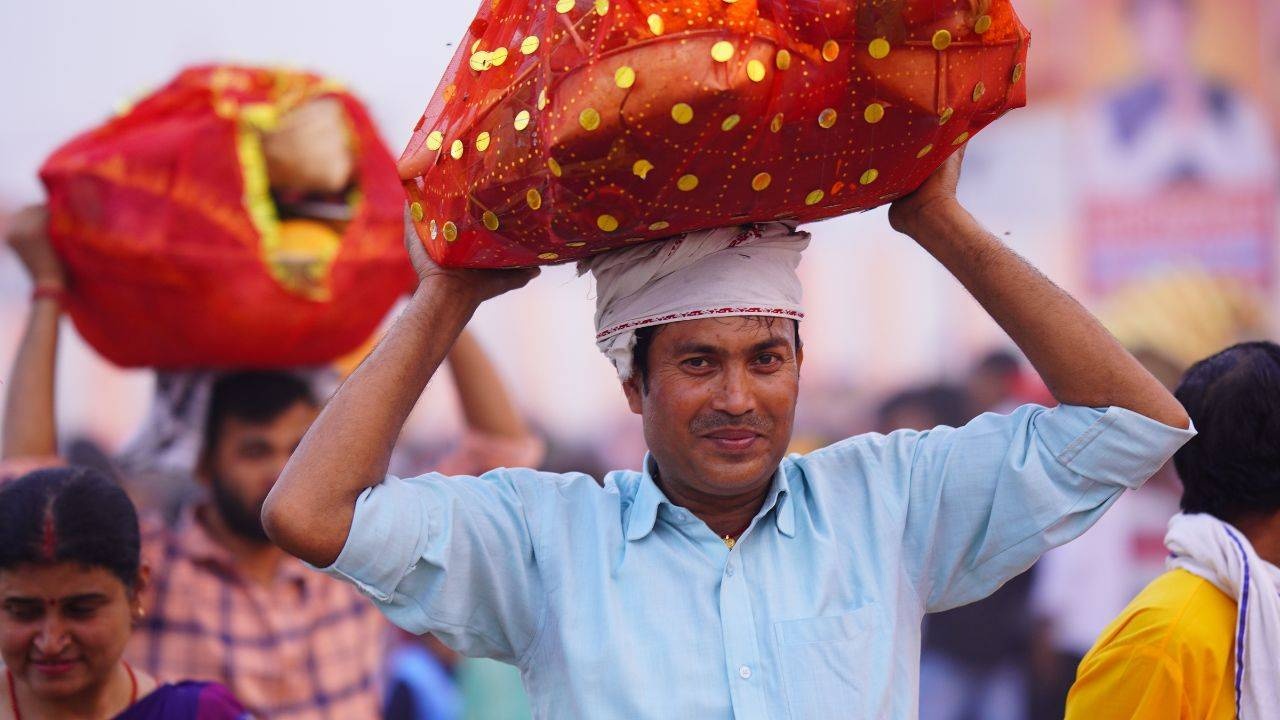
A Nutritionist’s Warm Guide to When to Enjoy Flaxs
Nutritionist Deepsikha Jain recommends 1–2 tablespoons of flaxseeds—morning, before meals or as a sn

Chhath Puja stands out as a prominent festival within Hinduism, especially in regions such as Bihar, Jharkhand, Uttar Pradesh, and Nepal. This sacred occasion honors Lord Surya (the Sun God) and Chhathi Maiya (the Goddess of Power), celebrating themes of devotion and unity with nature. Coinciding with Diwali, Chhath Puja is distinctive for its rigors of fasting, sacred bathing, and prayer rituals oftentimes held by water bodies. These customs not only showcase devotion but also reflect an awareness of environmental issues, health consciousness, and familial ties.
Rooted in ancient Vedic traditions, Chhath Puja finds mentions in various Hindu texts. Legends recount how Lord Ram and Sita observed the festival upon their return from exile, while Draupadi engaged in similar rites during the Mahabharata for the welfare of her spouses.
Throughout history, the festival's popularity surged, notably among eastern Indian communities, further bolstered by royal patronage that encouraged its practices. The ongoing observance over millennia showcases its profound spiritual and cultural importance, paying homage to the Sun as a vital force of life.
More than merely a festival, Chhath Puja embodies a spiritual path rich in meaning.
This festival conveys thankfulness to the Sun God, a provider of life and agricultural prosperity. Devotees engage in arghya (water offerings) at sunrise and sunset, beseeching health, wealth, and longevity.
The observances also inspire reverence for nature. Conducting rituals by natural water sources fosters ecological awareness and personal hygiene. Furthermore, the fasting and disciplined lifestyle instill values of self-restraint and mental fortitude. Importantly, the festival enhances familial and community relationships, as the rituals are often communal and involve shared offerings.
Chhath Puja unfolds over four significant days, each rich with distinctive observances:
1. Nahay-Khay (Initiation Day)
Devotees purify themselves with a ritual bath in rivers or ponds, enjoying a simple meal of rice, lentils, and vegetables, which marks the start of the festival and emphasizes spiritual and physical cleanliness.
2. Lohanda and Kharna (Second Day)
This day initiates fasting through Kharna when participants refrain from water and eat after sunset, preparing offerings like khichdi and puris. The day concludes with Lohanda, characterized by family prayers and altar setups for the festivities.
3. Sandhya Arghya (Evening Offerings)
The centerpiece of the celebration is offering arghya to the setting sun. Devotees wade into water, presenting fruits, sugarcane, and thekua (a wheat and jaggery cookie). Evening prayers often weave in chants and folk songs in honor of Chhathi Maiya.
4. Usha Arghya (Morning Offerings)
The final phase begins with tributes to the rising sun, marking the end of the fast. This day epitomizes gratitude and spiritual fulfillment.
The offerings during Chhath Puja are notably sattvic, modest, and symbolic, reflecting devotion:
Thekua: A traditional sweet treat made from wheat flour, jaggery, and ghee, symbolizing purity.
Fruits: Seasonal selections like bananas, sugarcane, and coconuts embody health and abundance.
Rice and Lentils: Essential staples offered to the Sun, representing sustenance.
Jaggery-based sweets: A sweet offering symbolizing life’s sweetness and divine favor.
These delicacies are cooked without onion, garlic, or tamasic ingredients, ensuring spiritual purity in the offerings.
While Bihar and Uttar Pradesh serve as the festival's heartlands, Chhath Puja has transcended geographical boundaries. In Nepal, it is similarly celebrated beside rivers and ponds, incorporating fasting and offerings. Communities in Jharkhand and Madhya Pradesh bring life to the occasion through folk songs, fairs, and cooperative prayers. Additionally, Indian diaspora in Mauritius, Trinidad, and Guyana preserves these traditions near lakes or artificial water bodies, ensuring a blend of local customs with the core essence of gratitude and sun worship.
The festival of Chhath Puja is replete with valuable life teachings:
Discipline and Dedication: The fasting and rituals foster resilience and commitment.
Respect for Nature: Engaging in rituals close to water promotes environmental consciousness.
Gratitude and Community: Enhancing the spirit of thankfulness and encouraging acts of community service.
Wellness and Health: Restrictions and fasting can enhance detoxification and general well-being.
This festival stands as a striking testament to the harmonious interplay of spirituality, culture, and ecological balance.
This piece serves educational and informational purposes only. The customs and significance associated with Chhath Puja may vary by region and community. Readers should adhere to local practices or seek guidance from knowledgeable elders. Participation in rituals or fasting should consider individual health, dietary restrictions, or medical advice. The authors and publishers bear no responsibility for outcomes resulting from the customs presented herein.